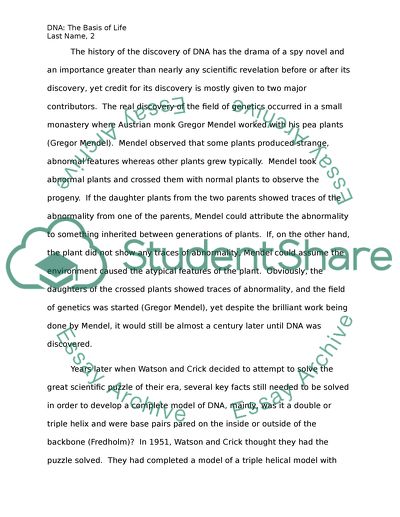Cite this document
(“DNA Essay Example | Topics and Well Written Essays - 1250 words”, n.d.)
Retrieved from https://studentshare.org/literature/1423822-dna
Retrieved from https://studentshare.org/literature/1423822-dna
(DNA Essay Example | Topics and Well Written Essays - 1250 Words)
https://studentshare.org/literature/1423822-dna.
https://studentshare.org/literature/1423822-dna.
“DNA Essay Example | Topics and Well Written Essays - 1250 Words”, n.d. https://studentshare.org/literature/1423822-dna.


